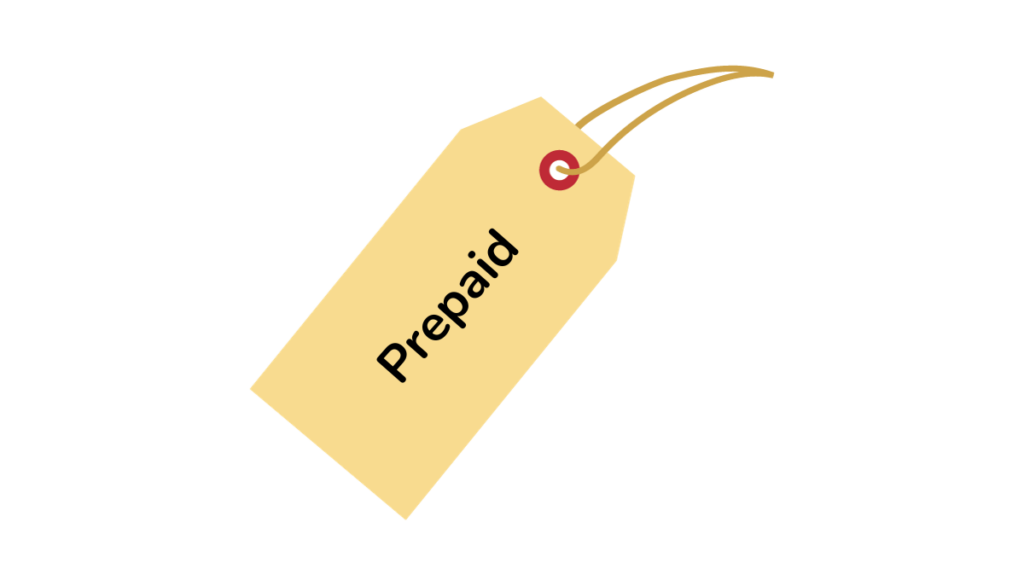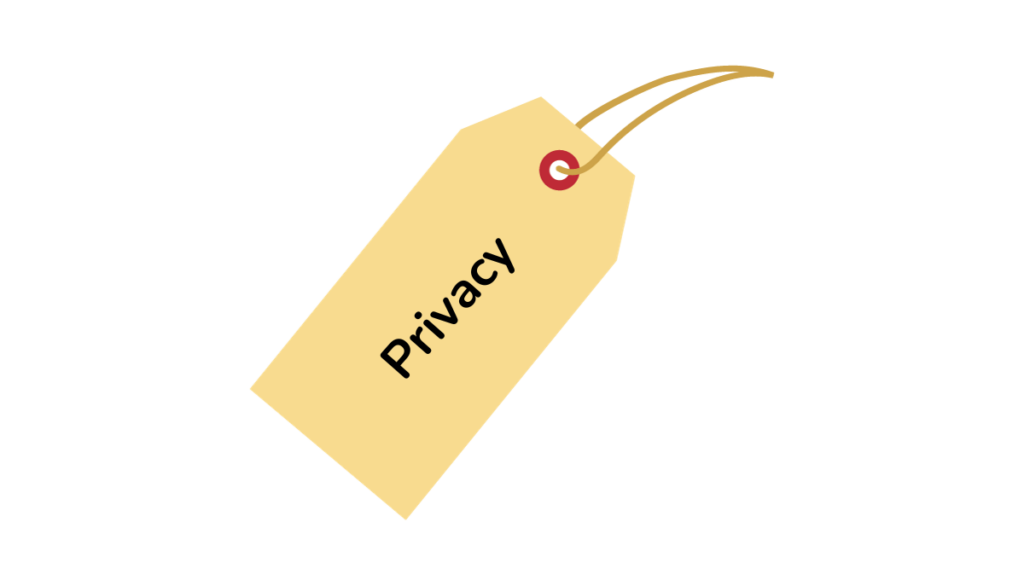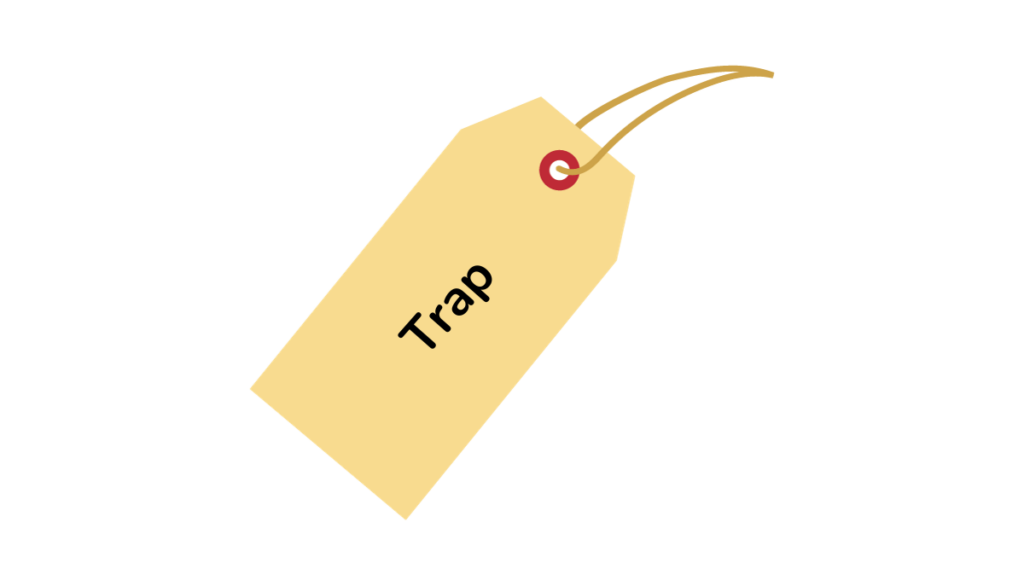Dec 21, 2023
Is the Web Really Free?
Resources

We are used to thinking about the contents on the web as free, but is this really true? Learn why great diligence research requires an answer to this question.
It is understandable to marvel at the amount of content on the web. Much of this content is “free” as in – you don’t have to provide payment in the form of a currency transaction – but is really free?
On the side of the sponsor, publisher or platform, the provision of content is not free. Establishing and maintaining websites and social media platforms have costs. For the large platforms with multiple businesses these costs are enormous. For example, Meta advised that its 2023 expenses would be in the range of 89 billion to 95 billion US dollars. But even small websites have costs associated with them, including hosting, applications and of course time.
So if it costs money to run a site or a social media platform, why aren’t they charging users to be on the sites and platforms? How do they offer it for free? The answer is that most of the content on the web isn’t really free, you are being charged. It just isn’t that obvious because it s not in dollars and cents. It has a cost, just not a cost measured in your dollars and cents. Today I am going to explore 5 of the ways that sites and social media can offer material to you without charging you money.
Why is this relevant?
Because the price you pay for consuming free content is relevant to your evaluation of an online sources. Before you use material from a source you need to evaluate the source. Part of the evaluation has to include an understanding of how and why the content is provided in the form in which it is provided. So for example, if you are presented with “free material” you need to understand how it is free. Is it free because it is government material or for marketing purposes or is it free because it is actually disinformation. Each of these reasons has an impact on how you look at the material for accuracy, bias and intent.
The Price Tag of Free Content

The Content Is Already Paid For – By You
You may not realize it but you may have already paid for the content that you are seeing on a site. A good example is US federal government materials which are generally considered in the public domain with the idea being that they are already owned by the public through taxes.
This is not the case for the states and local authorities which have their own rules regarding content produced by them. This is also not the case for other countries. For an overview of the situation with the States take a look at this graphic produced by the Office of Scholarly Communication at Harvard and for a reminder of the meaning and uses of public domain take a look at this Stanford Library summary.

Advertising
You’ve seen it, the ads and commercials that are on sites and social media platforms that you visit. Advertising was one of the first ways to make money online. A 1994 banner ad by AT&T is considered the first online ad and since then the industry has exploded.
Statista predicted that the digital advertising spend was expected to be approximately 679.8 billion US dollars in 2023 and by 2027 it would surpass 1 trillion US dollars globally.
But of course advertising only works if people see it. That first ad had a click through rate of 44%. Click through meaning exactly what it sounds like, the number of people willing to click on the ad. Current click through rates are more like .05%.
The challenge is to attract attention; providing good content to users is a way to do that. So when you are on an ad supported site or platform, you are paying with your attention.

Marketing
Advertising is a component of marketing. Marketing is the term for all the activities that are undertaken to bring attention and sales to a companies products and services. Marketing is everywhere on the web. It is often a multiparty activity.
You may be on a website that is presented by an organization or individual that is in turn supported by another organization. That second organization or person is paying the site owner to guide users to their products or services. Influencers are an example of this practice.
An influencer with a large following can command a high price for showcasing a third party’s product or service. But to command that price, or receive a piece of that sale (for example as an affiliate marketer) that influencer has to grow an audience. The way to grow the audience for both the influencer and the influencer’s sponsor is to offer free online content to users. And to keep growing there has to be an ongoing pipeline of free content to keep users coming back for more.
These marketing efforts are not confined to for-profit organizations. Various nonprofits including universities, schools, religious groups, labor movements and “watchdog” organizations provide substantial amounts of free content as part of their own strategy to fundraise, organize workers, attract students, and develop communities of believers.
For profit or not, you pay for the content with your attention to the site or platform.

Privacy
To date it has been common in the US for users to knowingly and unknowing “pay” for content with their privacy. Generally, this has been allowed with some exceptions made based on age and the sensitivity of the data.
Users provide data about themselves by just visiting a site. Their movement, clicks and interaction with the site is stored and analyzed and may be shared with advertisers and sponsors of the site. In additional, a user may provide:
- personal details such as demographic information, financial information and preferences.
- their online habits and destinations by being subjected to tracking technology not only on the site but as they move on to other sites
- deeply personal data, including health related and genetic data for inclusion in databases
This enormous pool of information is of great financial benefit.
First, because data that is identifiable to a person allows for a more personal and targeted type of advertising and marketing that may be used not only by the collector, but also sold to third parties. Second, because the sheer number of users and sites means that there are now giant sets of data points that can be collected into new datasets that are mined for information, insight and predictive material. These datasets and the output are then potentially available for sale.
Some of this is changing as this Reuters article describes as state privacy state laws are starting to go into effect as of 2023.

It’s A Trap
Free content may be provided to users for malevolent reasons. The content is the carrot to draw a user into:
- Disinformation that is designed to incite or influence the offline behavior of the user, such as a vote
- Participating in a fraudulent scheme
- A trap or lure to convince or trick a user into revealing information or allowing an access that will have greater implications than just “clicking on a link”. For example, using phishing to persuade a user to give up up credentials that will then allow the criminal to introduce a virus or malware or ransomware into a system.
What Does this Mean for Your Diligence
These are just 5 examples of when “free content” with a cost other than currency. There are others, but the point is that when you look at a site or a platform it is important to ask yourself – how am I, the user, paying for this content?
You don’t ask this question to disqualify the material on the site but rather to qualify it for use in your project. In the course of performing diligence you will use many types of content and the quality will vary. To correctly use this material you need to have a full understanding of the background of the content, including why it is being “given away”.
Finally, if you are interested in some ideas around when to pay (as in with traditional currency) for online information, take a look at this post – 4 Important Reasons To Pay For Content on the Web.
Sign Up to Receive the Diligence File Emails – More Ideas & Resources to Advance Your Diligence
Thank you


Subscribe for Diligence Updates
Get the latest updates, resources, offers, and more.
"*" indicates required fields
The Diligence File respects your privacy. Privacy Policy